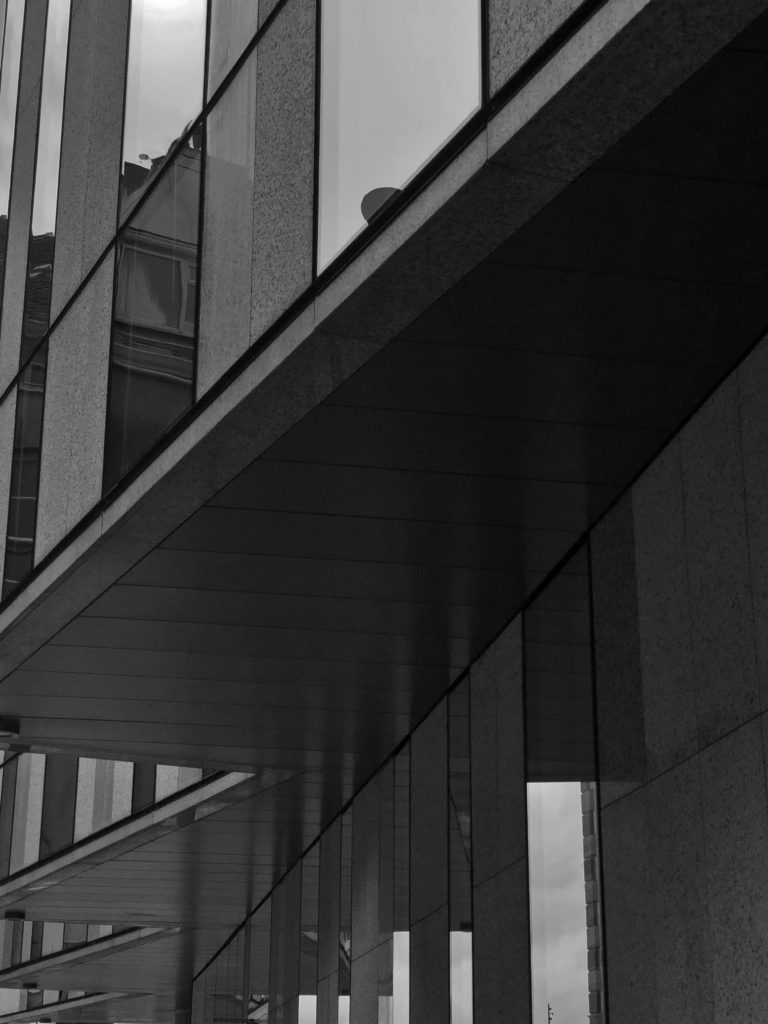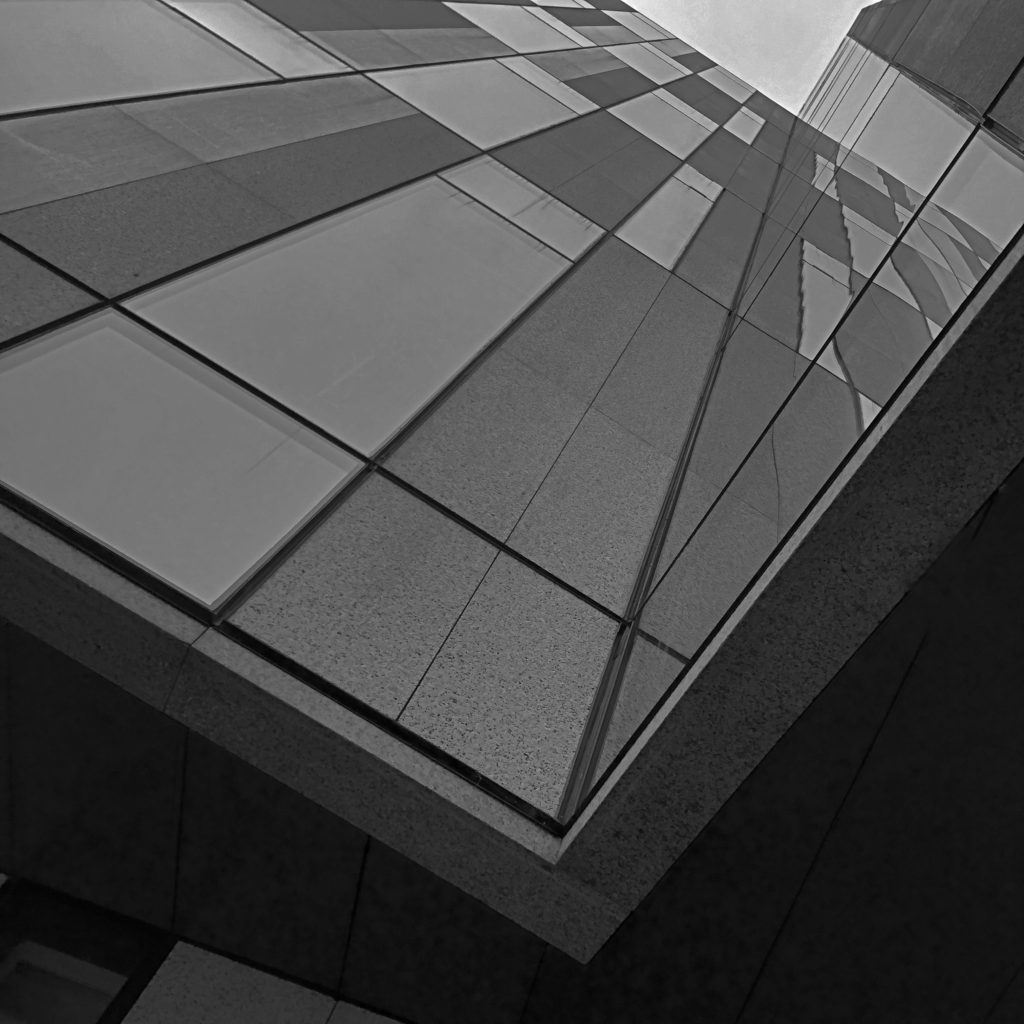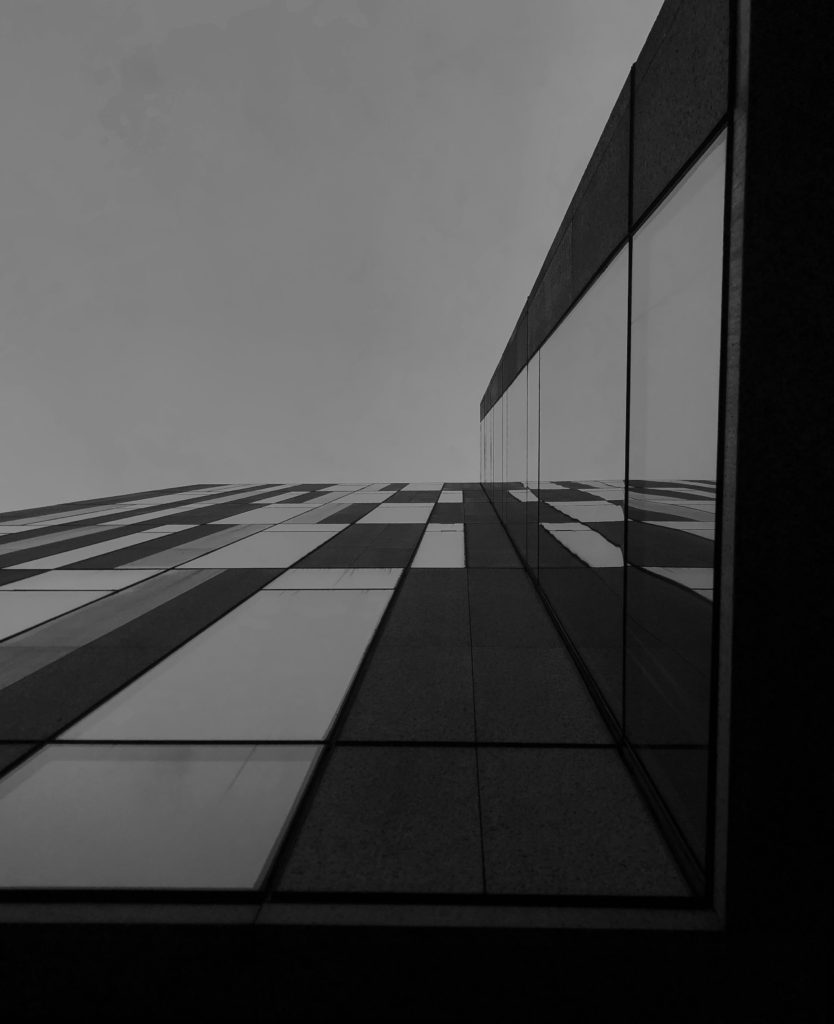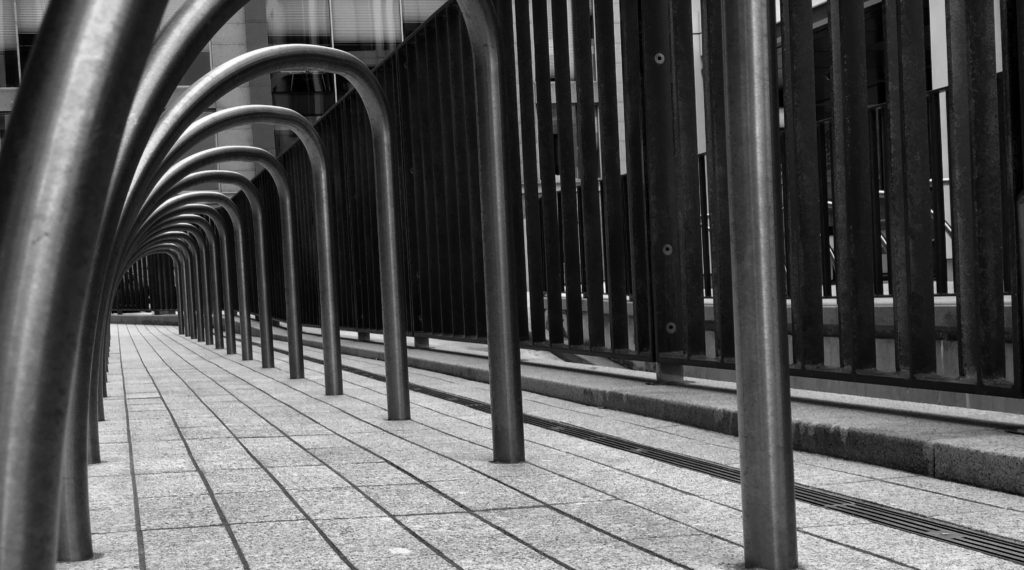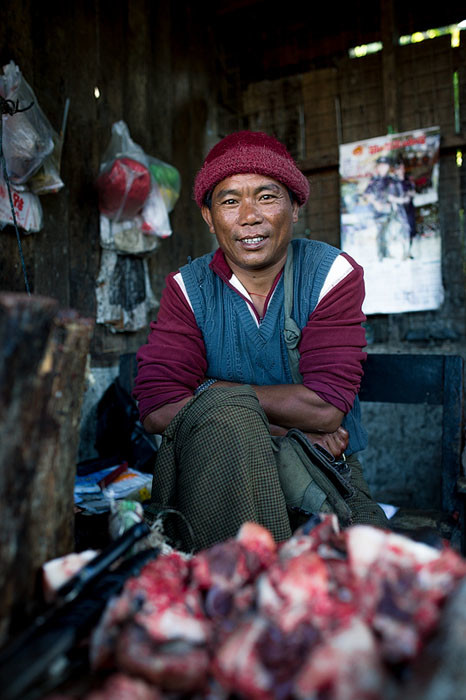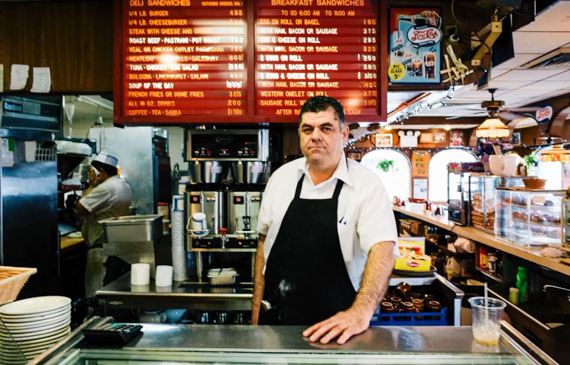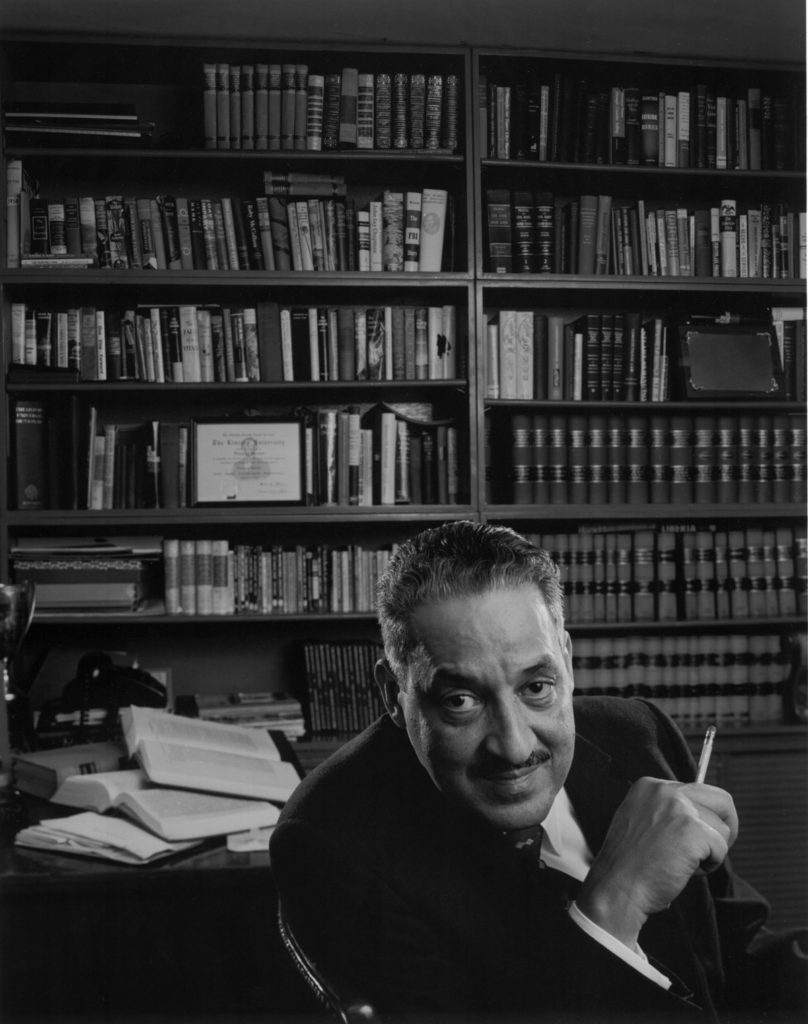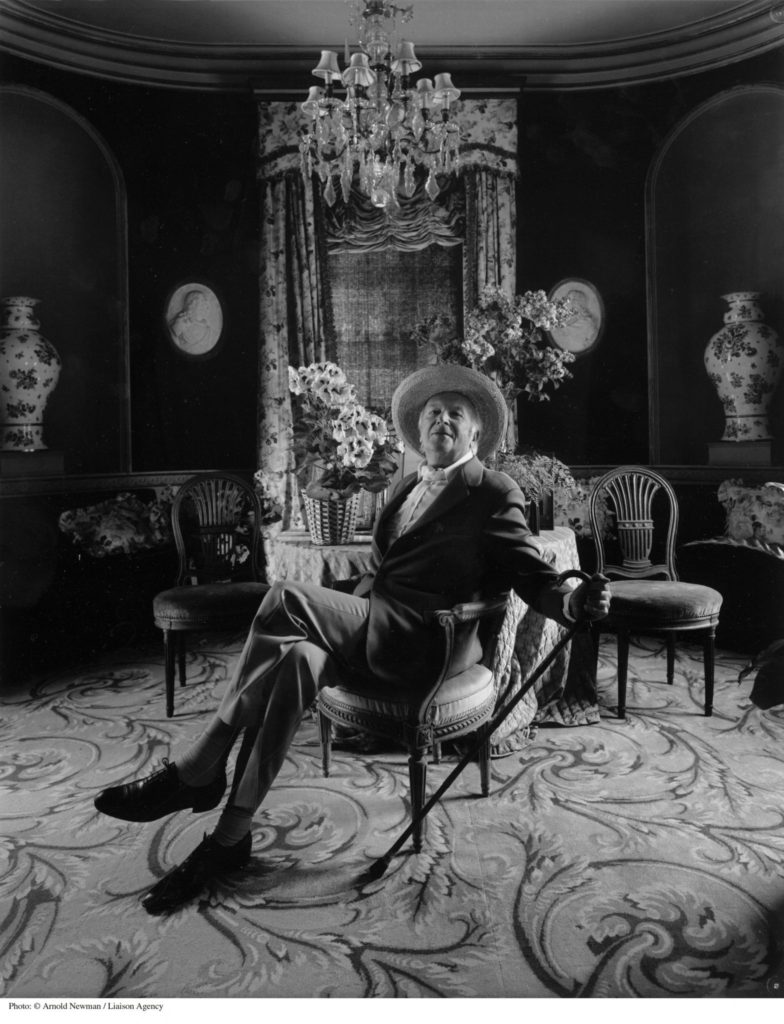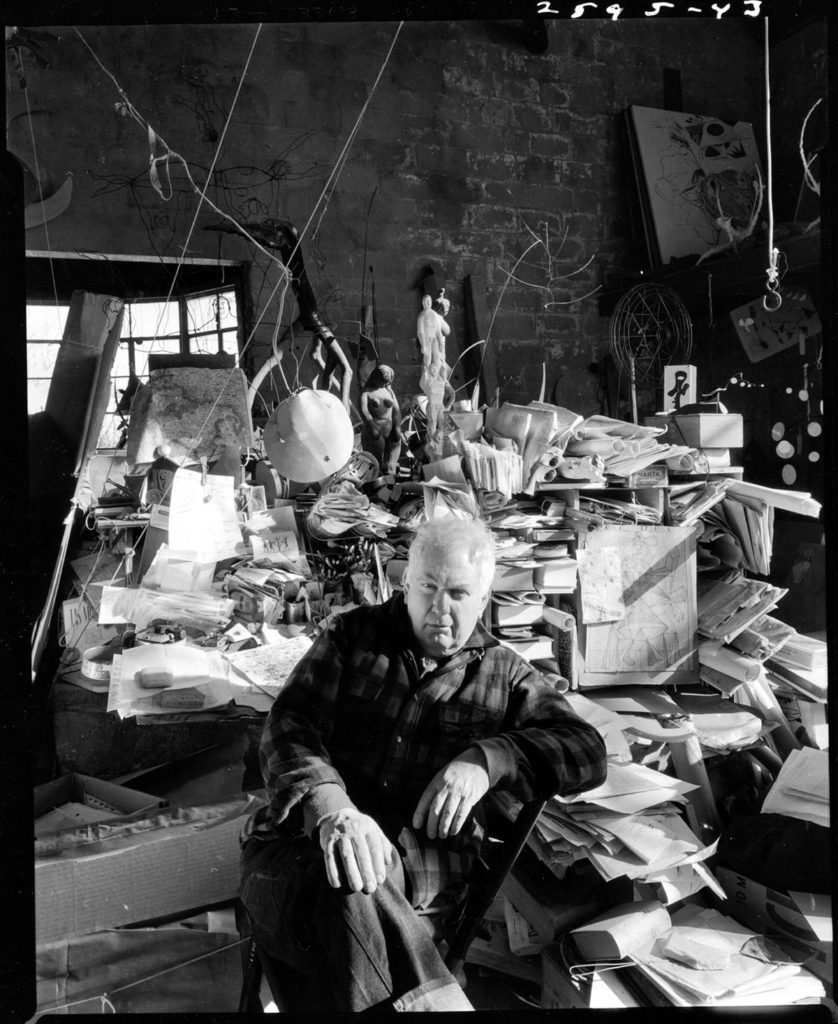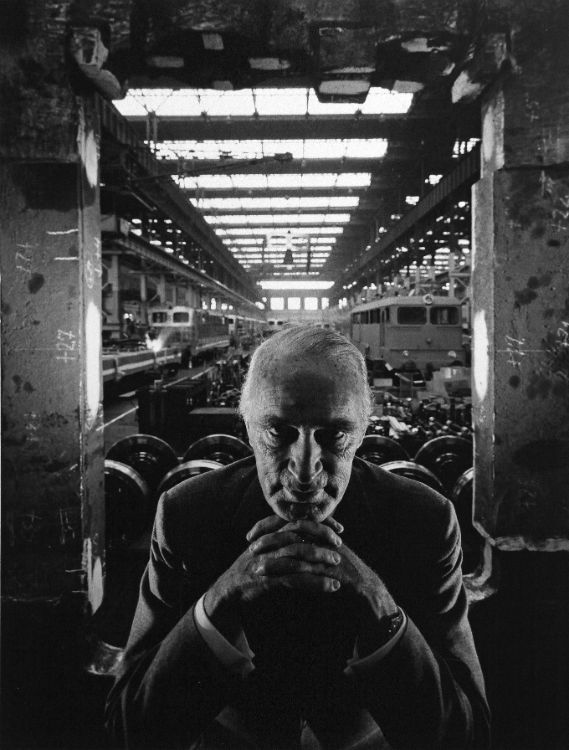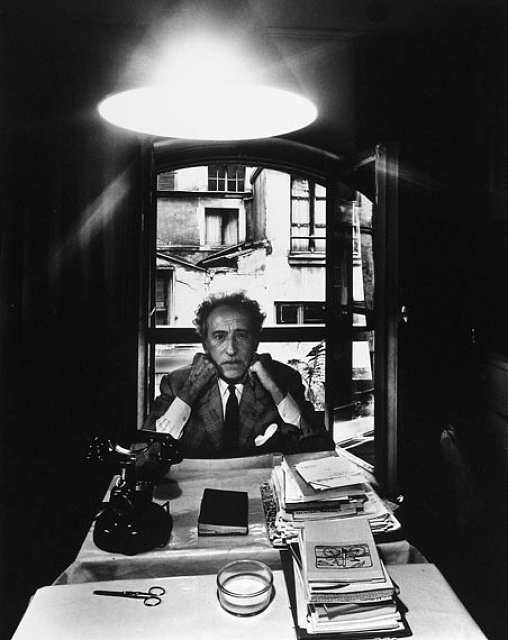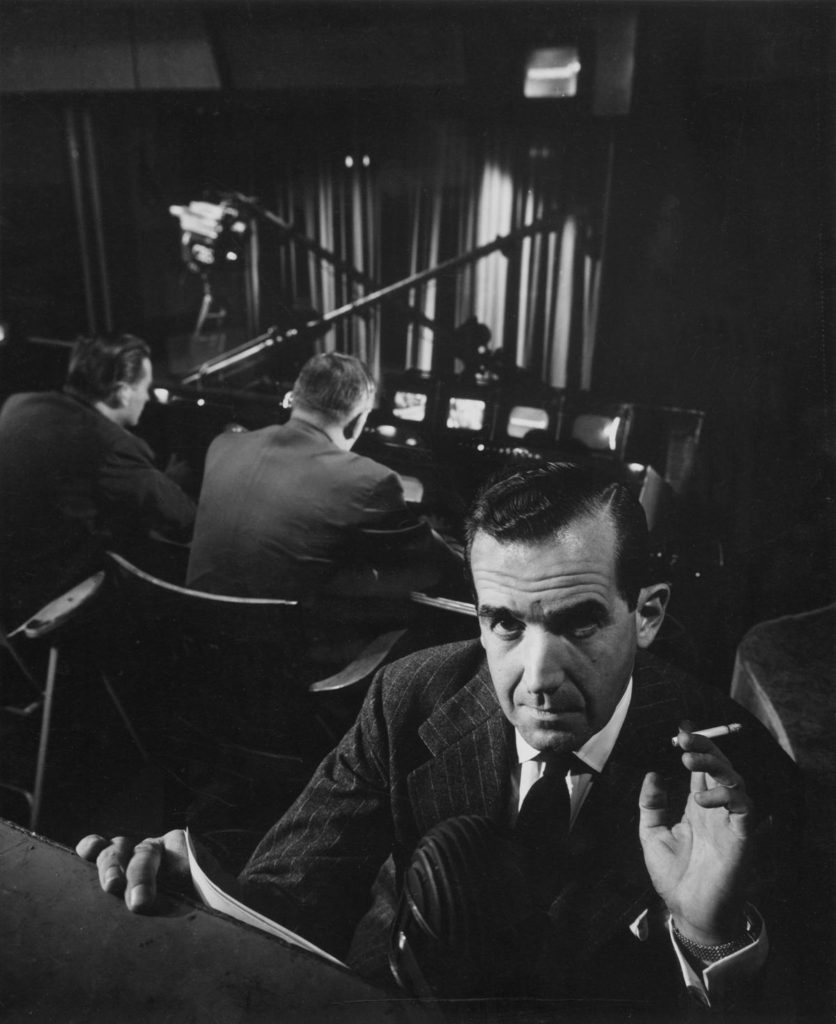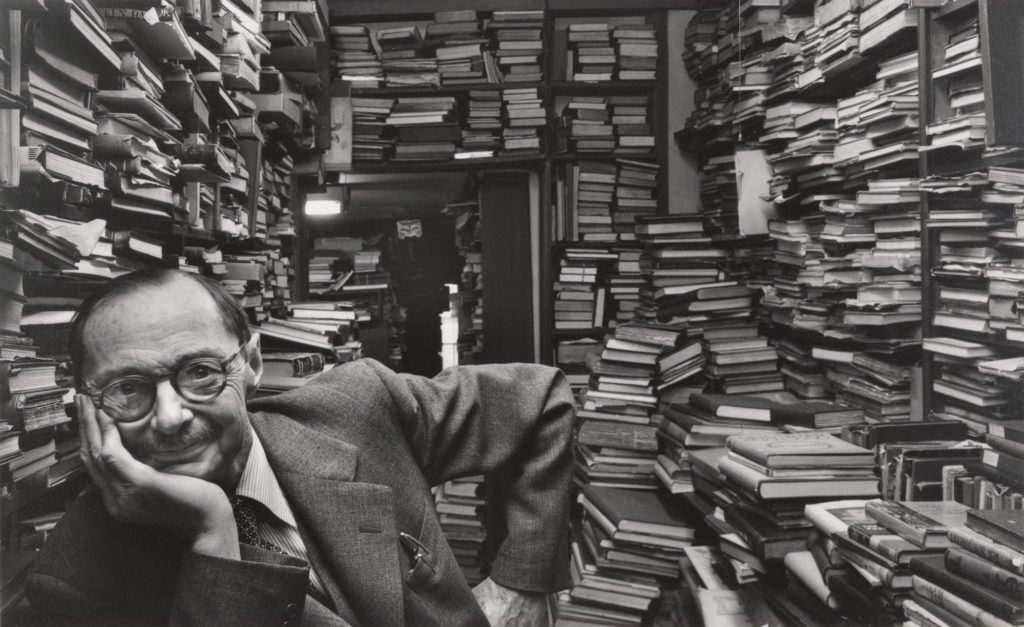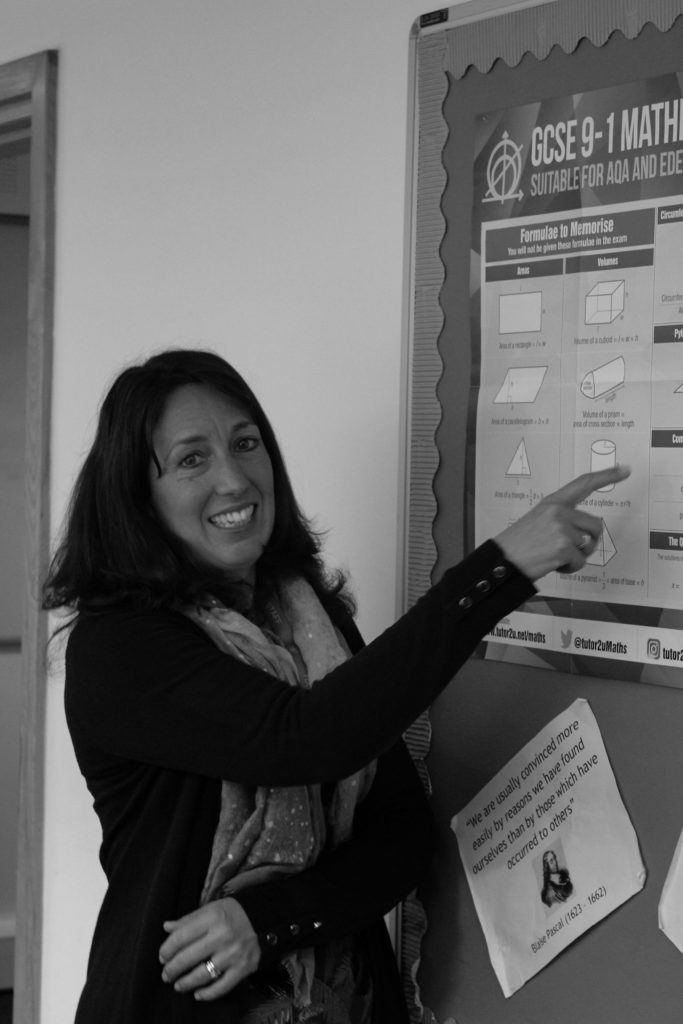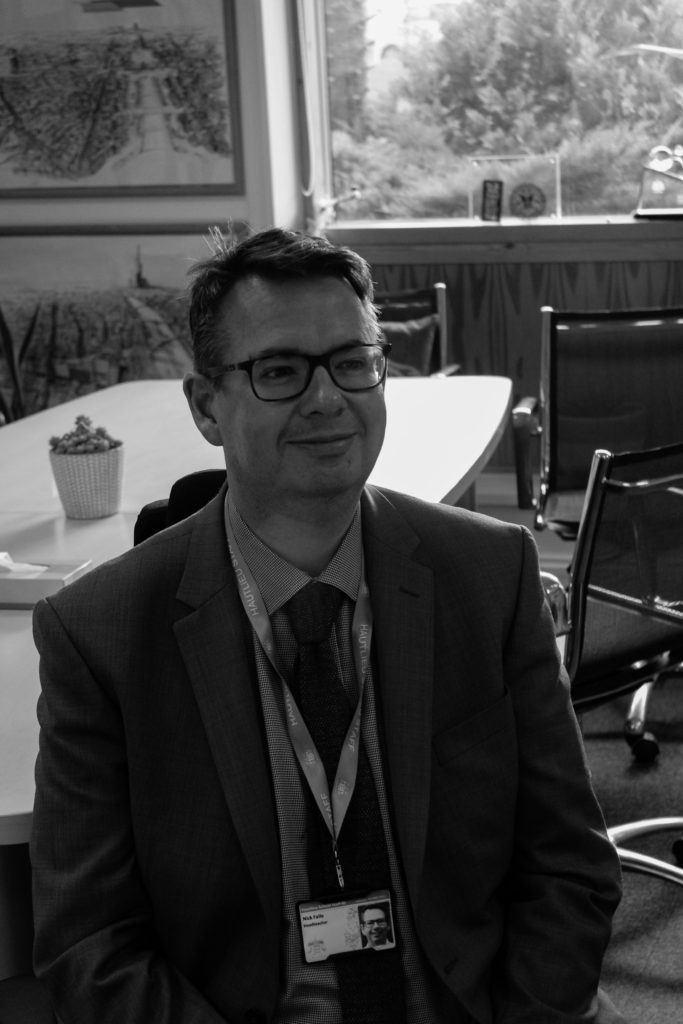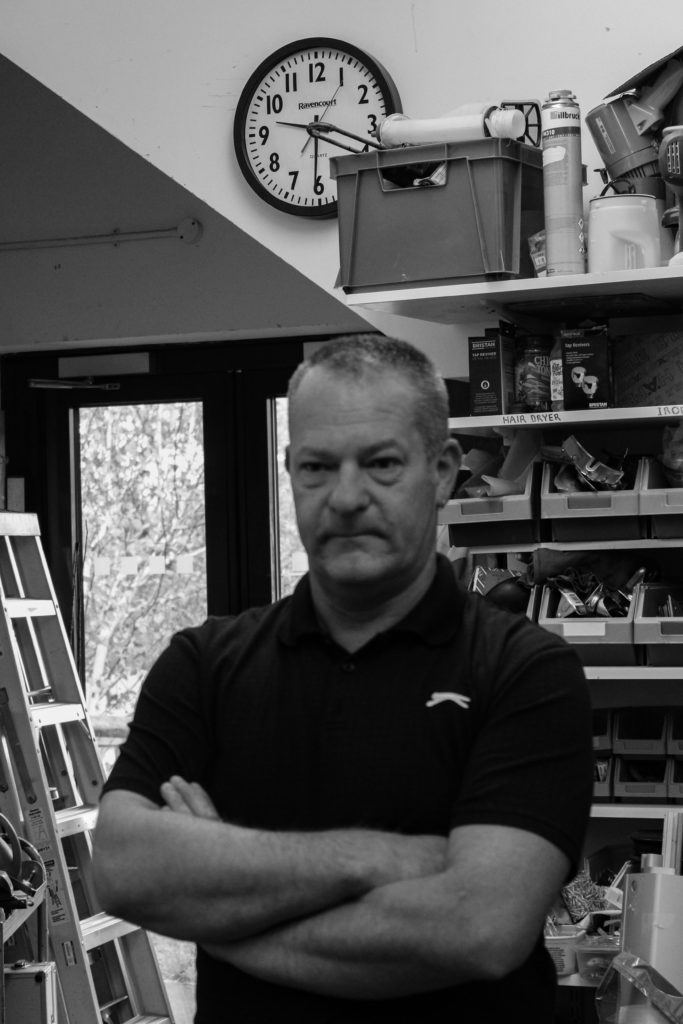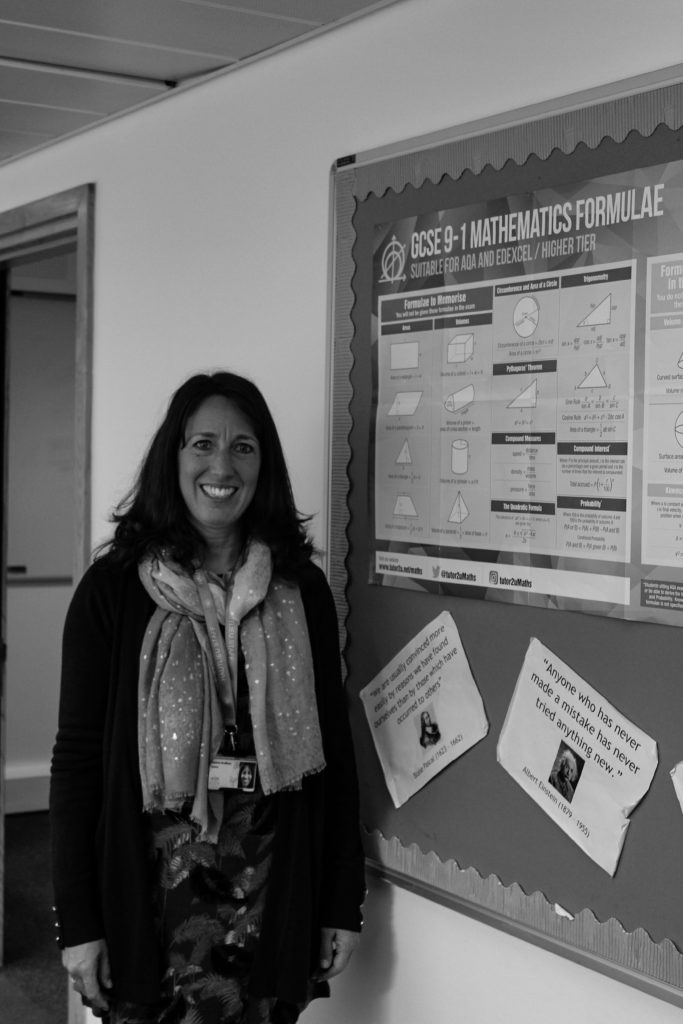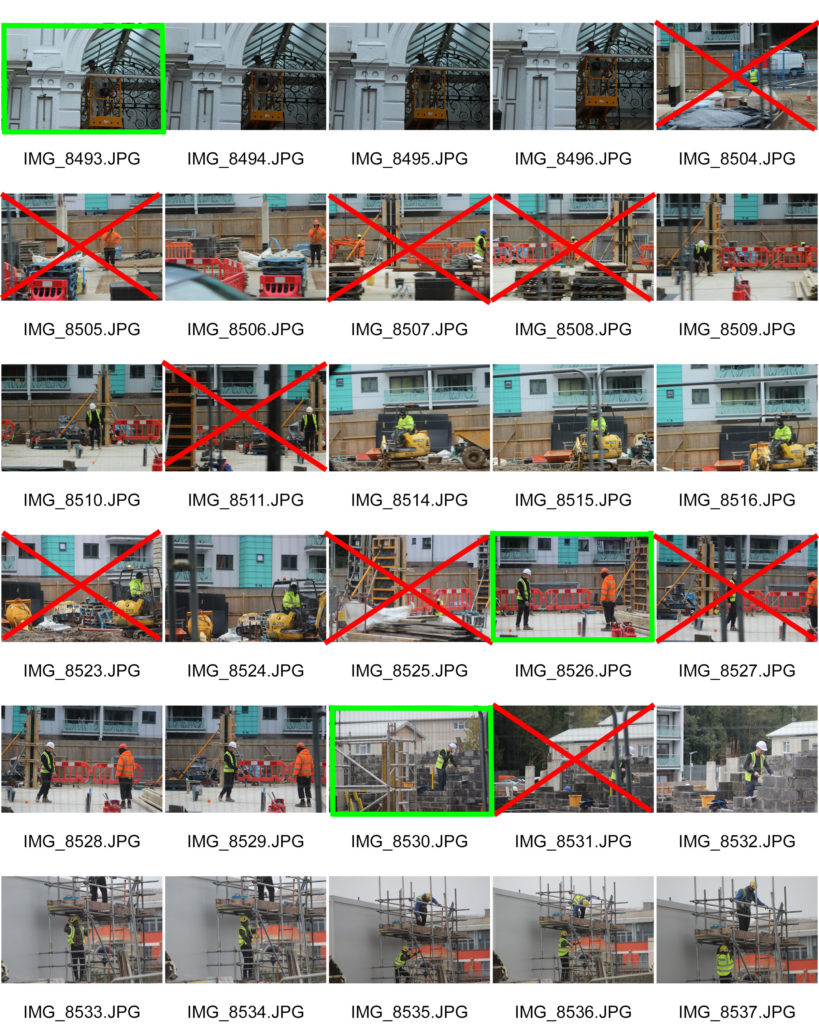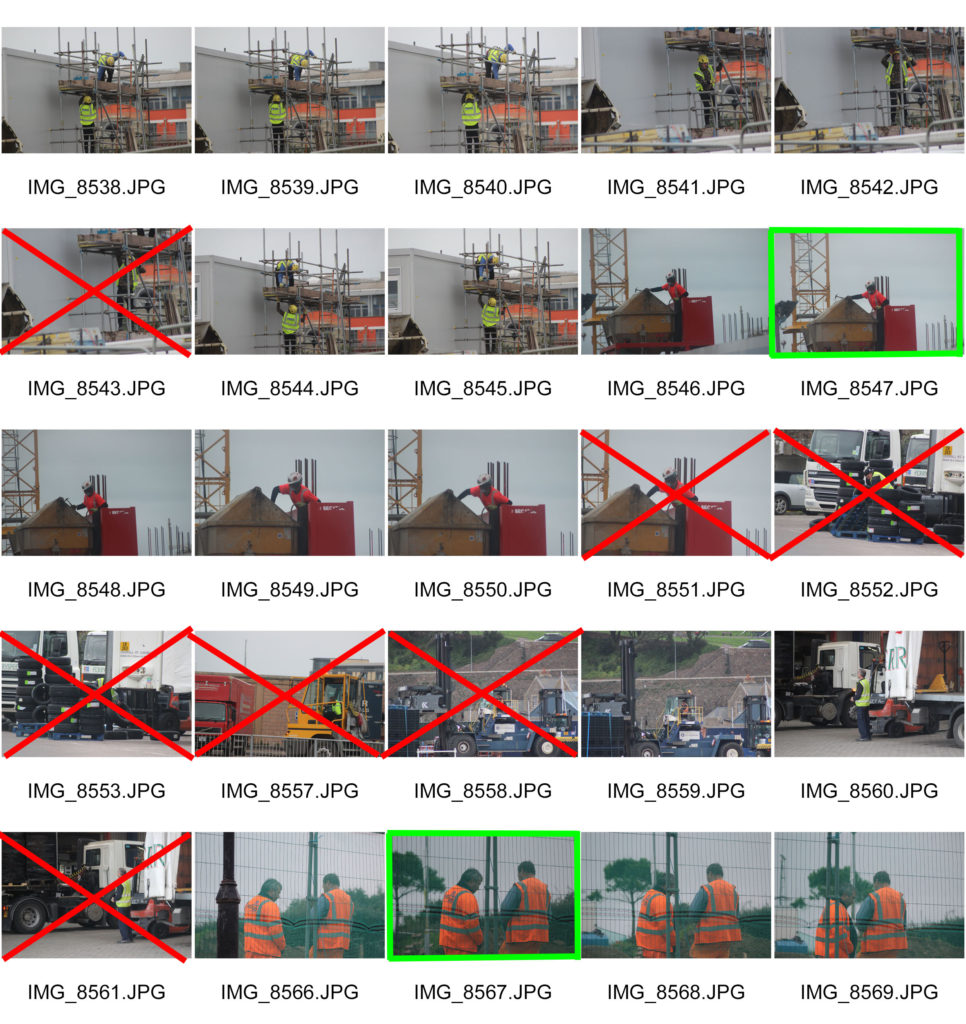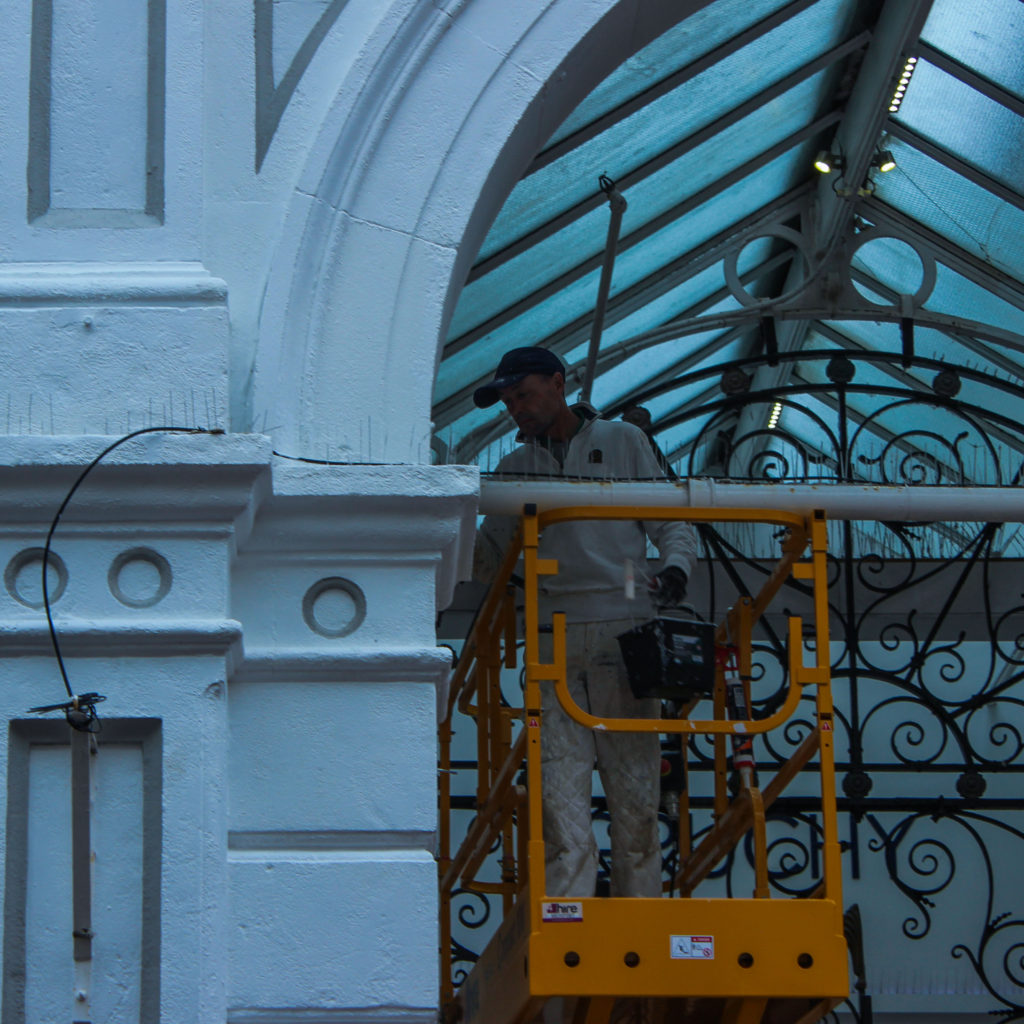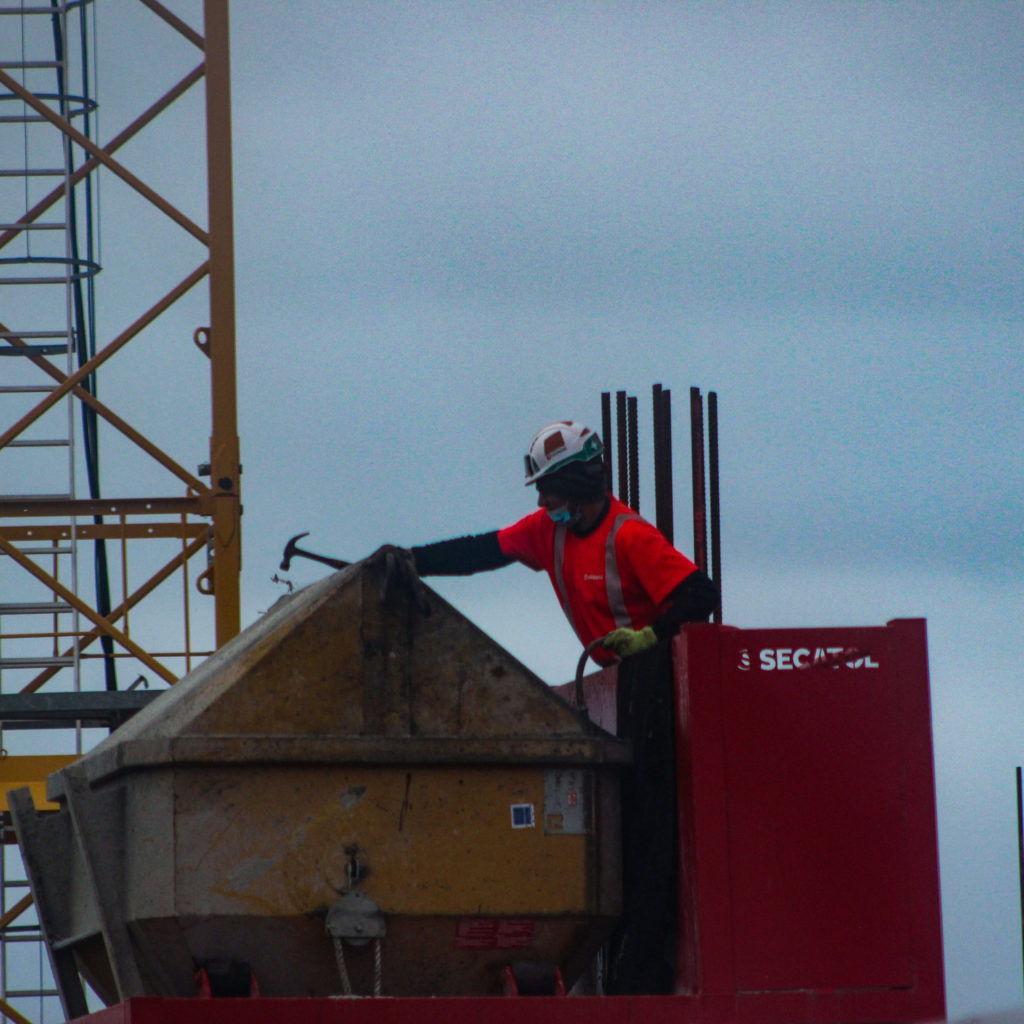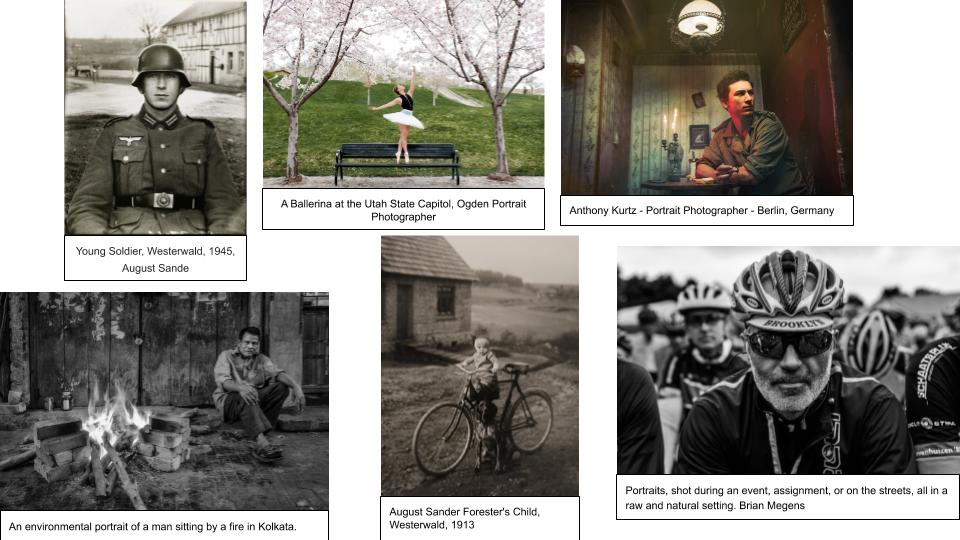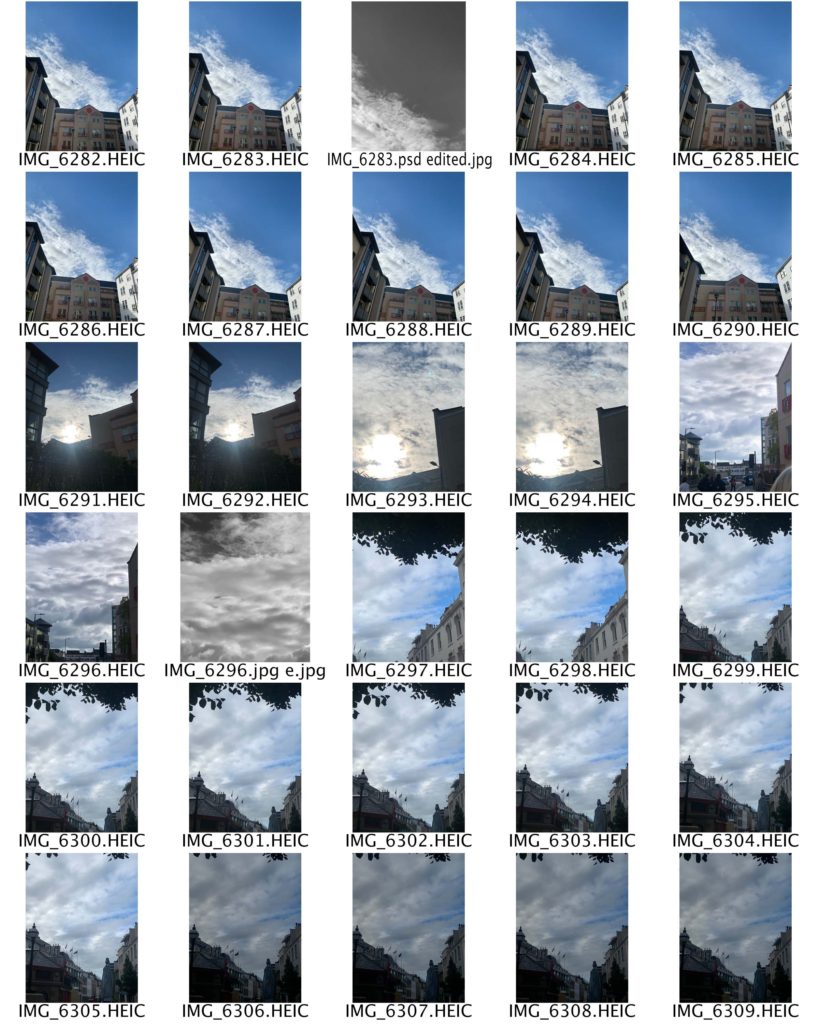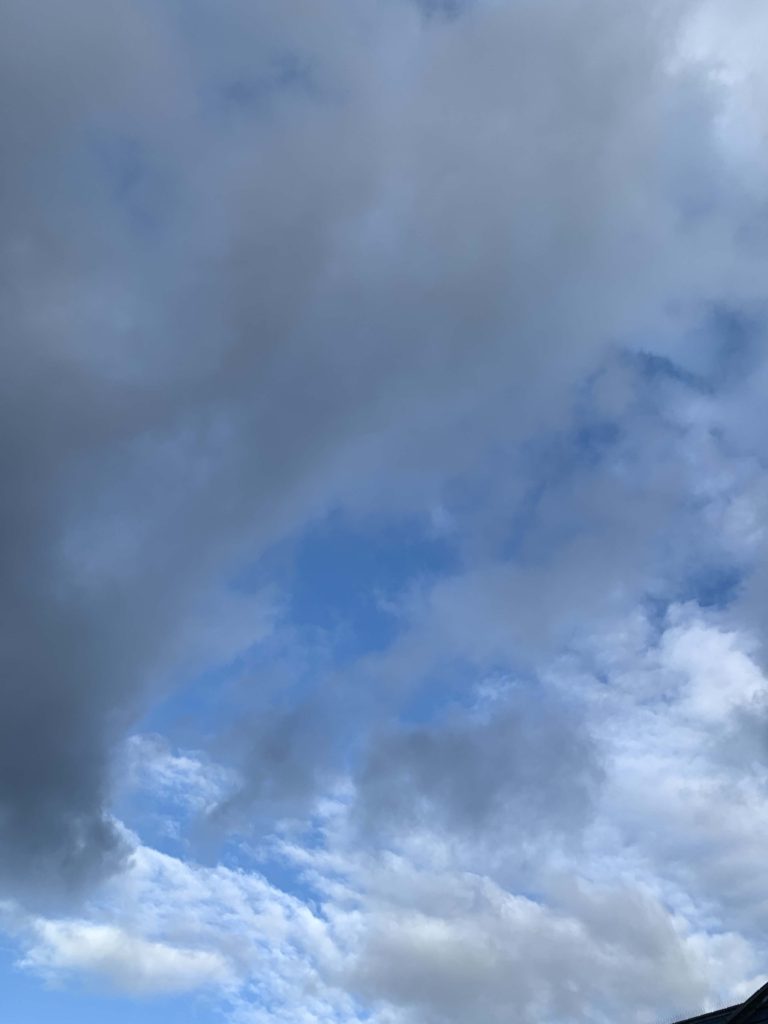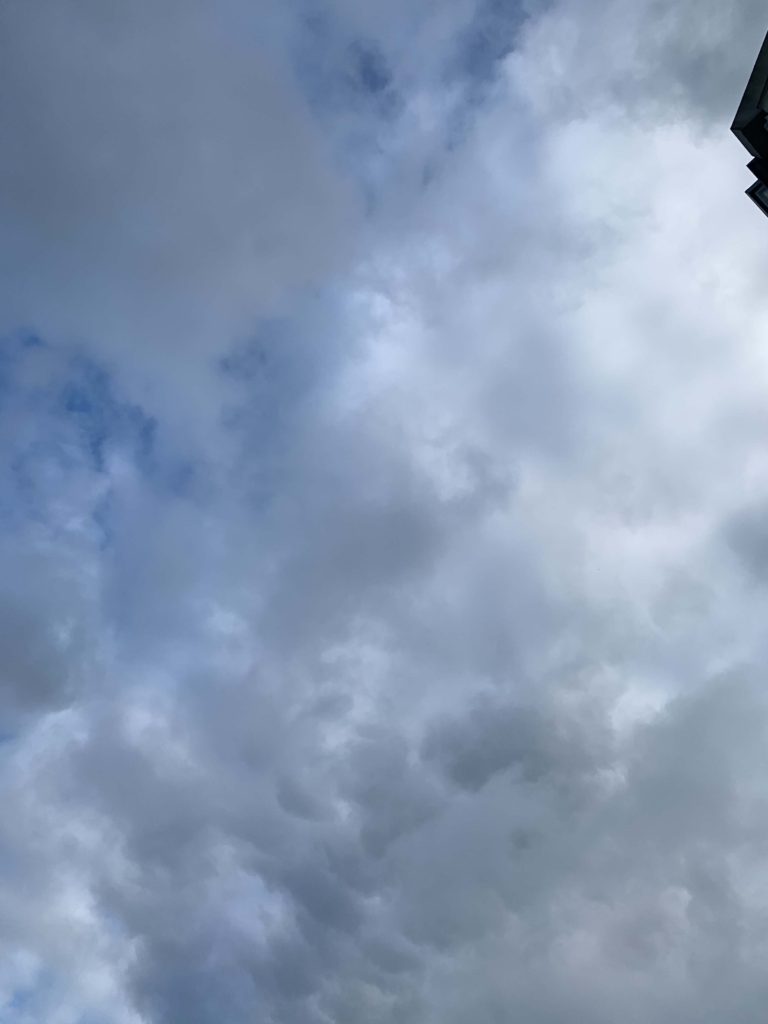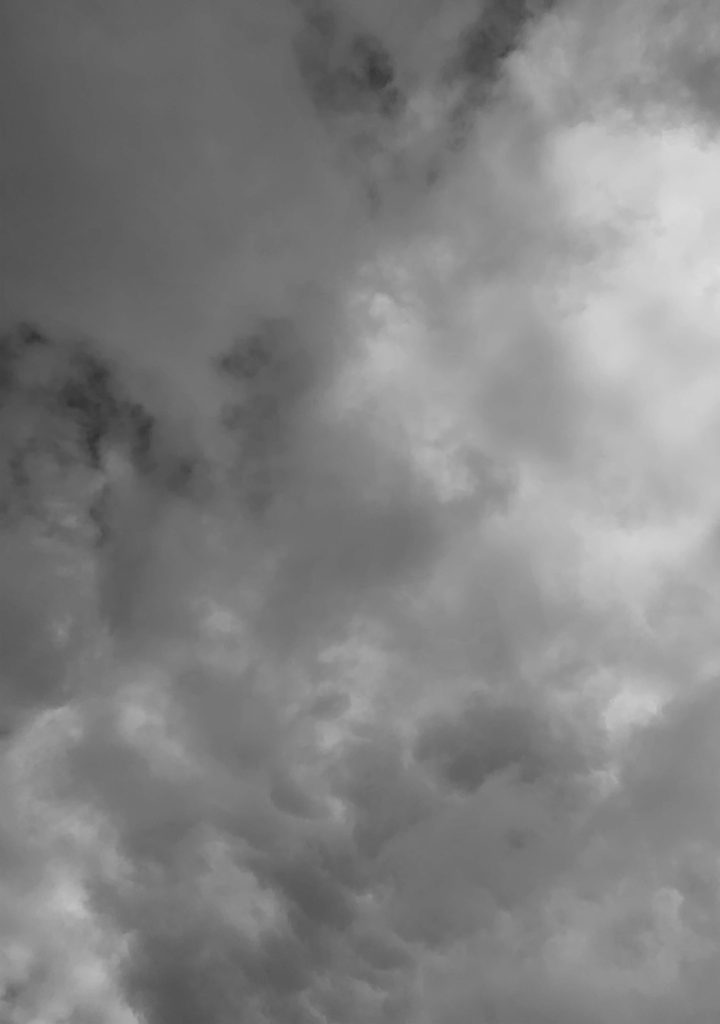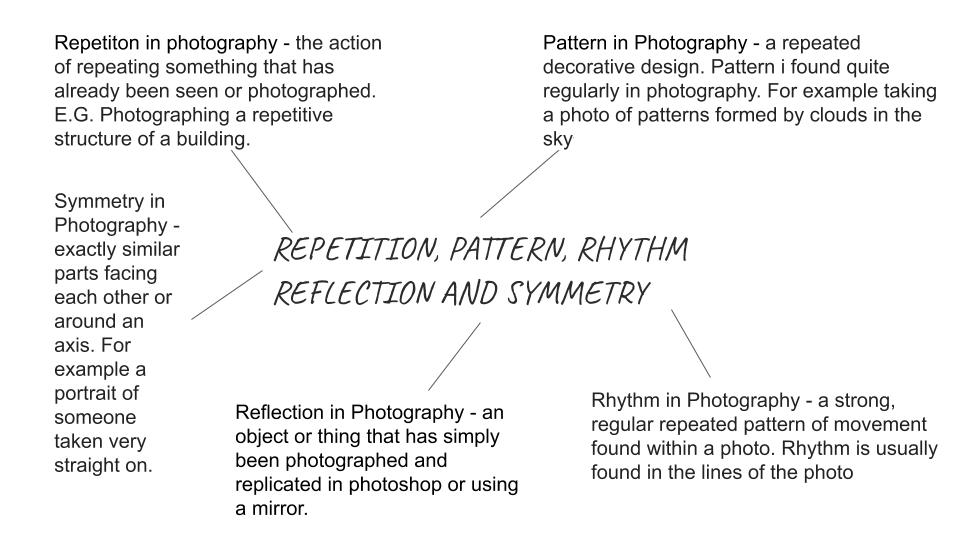
Paul Strand
Paul Strand was born in New York in 1890. When he was 17 years old, he began taking photography courses. His photographs moved from soft-focus scenes of modern New York that reflect the energy and movement of the city and its inhabitants more sharp, focused expressions of objective reality.
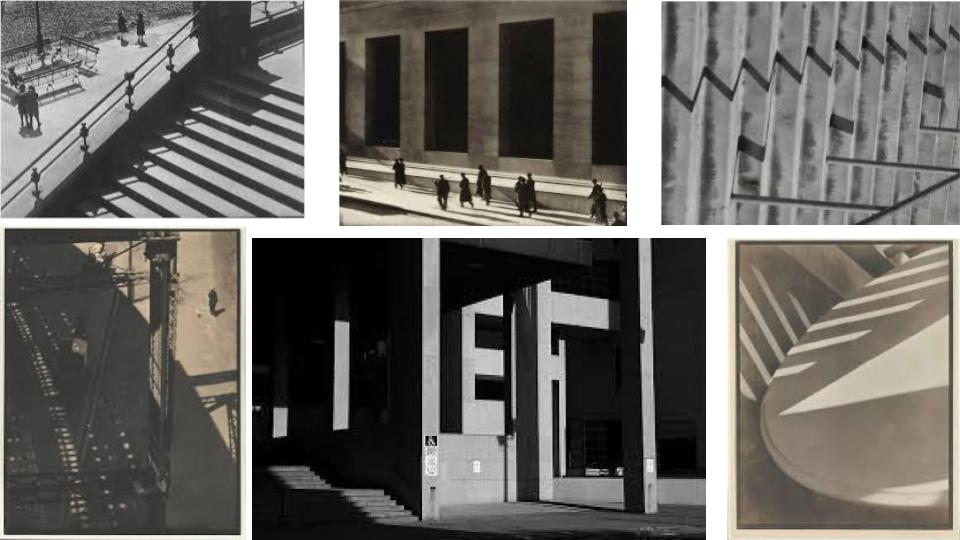
Laszlo Maholy Nagy
Laszlo Moholy-Nagy , born 1946, was a Hungarian painter and photographer as well as a professor in the Bauhaus school. He was highly influenced by constructivism.
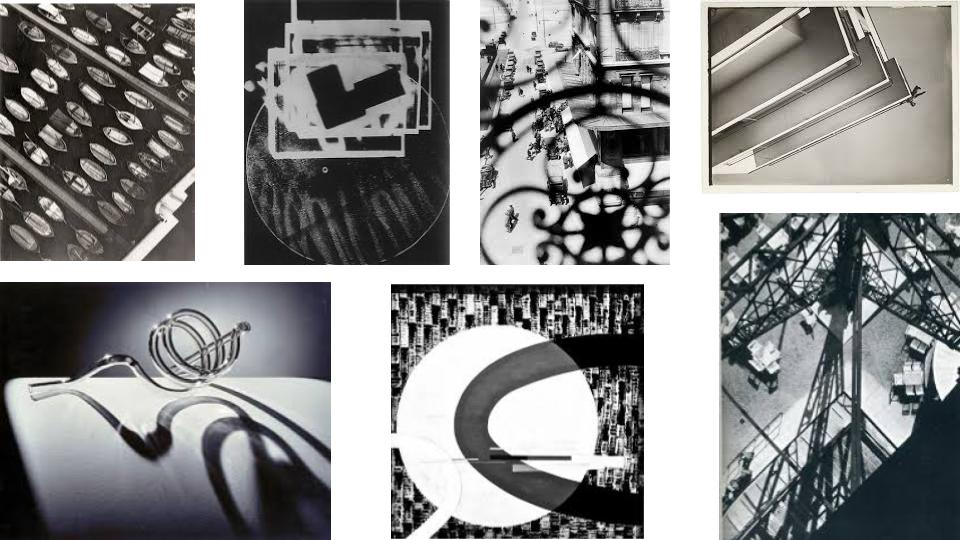
Analysis Between Both Photographers
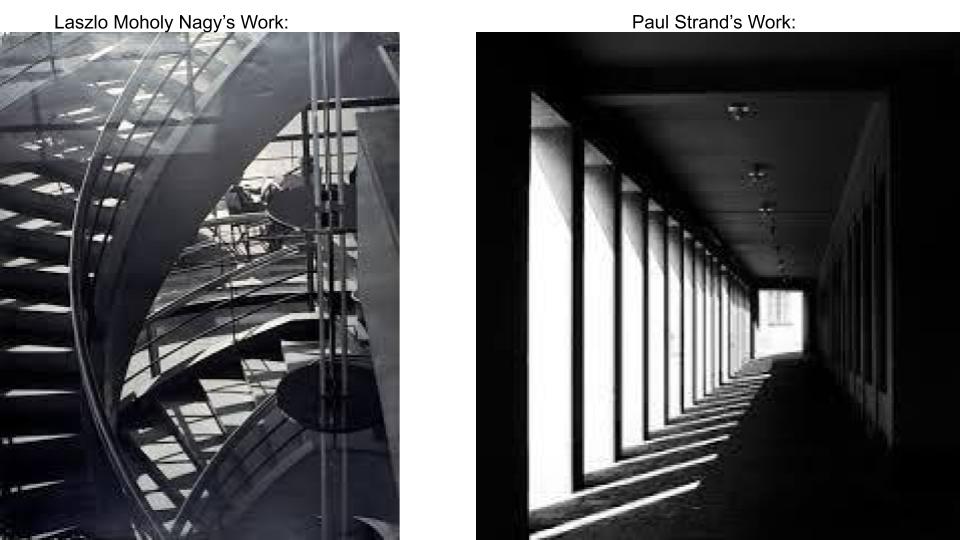
Natural light floods both image from left to right. Pauls work has a strong tonal range from light to dark. Hard shadows are formed from the pillars and stairs and overrules the amount of light take in in both photographs. Laszlo’s image has a higher quantity of objects that create detailed lines , especially when photographed in black and white. These lines are a much softer tone than Pauls work as The pillars form more harsh and thick lines which are repetitively in line with each other along the floor and the left hand side. This refers back to the topic of reflection as the pillars in Pauls work reflected downwards onto the floor. Pattern is found in Laszlo’s work as the thin shadow lines cross over each other forming some sort of chequered pattern. The darkest tone in Pauls image is the nearly completed border that is nearest to the colour black whereas Laszlo’s work has a blurred light formed at the top of the image that fades down to the darkest part of the photograph , the first steps on the bottom left. As both photographs are taken in black and white , the dominant colour black, surrounds the natural light in Pauls work. As for Laszlo’s work , the black and white colour quantity is equal throughout the whole photograph. Both images being in black and white gives a subtle appearance as not too much is going on in the images.
My Photoshoot – Contact Sheet –
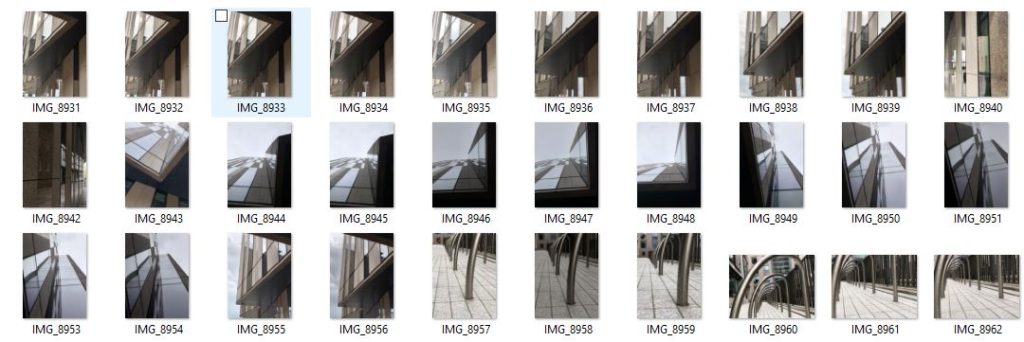
I think these images I took of buildings down the waterfront , St.Heiler , are similar to both Lazslo and Paul’s work in a sense that they have pattern and repetition in the structure of the buildings and streets. I took a few of these images into photoshop and changed them into black and white to refer back to both photographers above’s work.
This last image with the mental rails relates back to the theme of patterns and repetition as for the same railing is repetitively put in a straight line and is photographed at an angle that captures a good quantity of the rails. White bricks with dull, contrasting black lines in between , lay on the floor of the image creating a simple, easy pattern.
In all final Photos , a bit of editing such as changing the contrast/brightness levels. As well as darkening the shadows that are formed by the natural light and a bit of toning/cropping/rotating, they came out in my opinion pretty decent.

